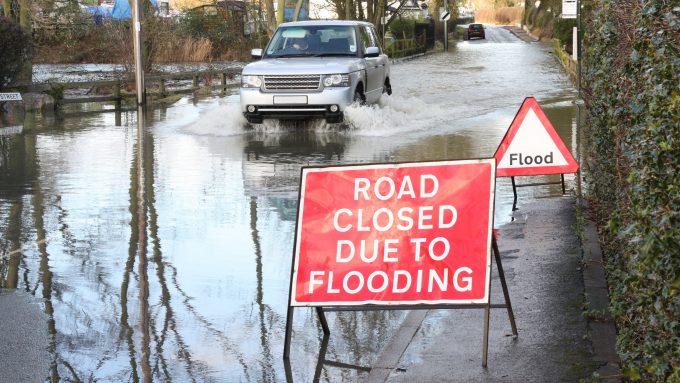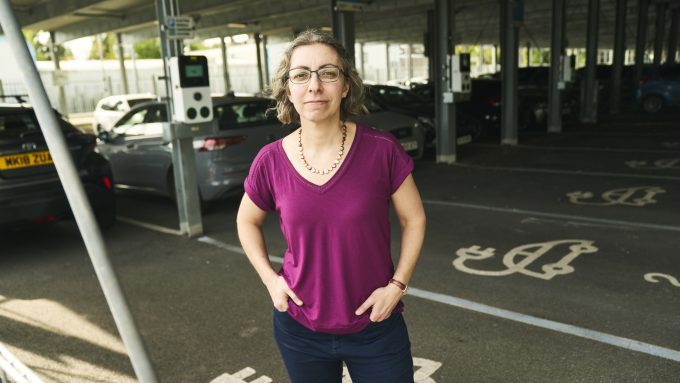
Community led clean heat – from Bristol to Turkey

Innovation district twins between developed and emerging economies can often, unintentionally, be set up on the assumption that city districts in emerging economies should learn from city districts in developed economies. This overlooks the value that sharing lessons bi-directionally affords. REPLICATE is an example of how Bristol and Nilüfer learned from each other about the delivery of an energy community.
Renaissance of Places with Innovative Citizenship And Technology (REPLICATE) was a European research and development project that deployed integrated energy, mobility and ICT solutions in city districts. It was funded by the Horizon 2020 research and innovation programme. It involved three ‘Lighthouse Cities’: San Sebastian, Spain, Florence, Italy and Bristol, UK. The project was designed to accelerate the deployment of innovative technologies to significantly increase resource and energy efficiency, improve the sustainability of urban transport, and drastically reduce greenhouse gas emissions in urban areas. The project had public and commercial partners across energy efficiency, ICT and smart infrastructures, sustainable transportation, and citizen engagement. More than 1,800 activities were carried out under REPLICATE, reaching about 12.5 million people around the world.
Business models that were tested offered integrated, sustainable, workable solutions to urban challenges. The business models were then replicated and scaled up throughout an entire Lighthouse city and packaged for replication in the Fellow cities involved in the project – which include Essen (Germany), Nilüfer (Turkey) and Lausanne (Switzerland). One example of early replication is the expansion of heat networks in Bristol.

Ashley, Easton, and Lawrence Hill Smart District, Bristol | United Kingdom:
In the Ashley, Easton, and Lawrence Hill Smart District, local generation was tied together with citizen-centric participation in the local energy network to create an innovation district for the domestic buildings sector in Bristol.
The project also explored how homes and businesses could generate and share energy within their local area as part of a ‘smart grid’, to reduce demand at peak times. The results included:
- 151 homes were fitted with internet-connected appliances like ‘smart’ fridges and washing machines, and low energy LED lighting at no cost
- 30 homes were fitted with solar panels and a 130kW PV solar installation to a Lawrence Hill bus depot as a source of community energy
- 10 households switching energy suppliers, saving a total of £2,675 a year (an average of £270 each), with many changing to a green energy tariff
Bristol in the REPLICATE project developed an approach for community engagement for managing change in the energy transition called ‘The Bristol Approach’. It is a method of working and a collection of materials that enables groups, including councils, businesses, educational institutions, and community organisations, to co-design answers to common problems. The approach is driven by people and issues, and it sees neighbourhoods as areas of abundance, given the plethora of resources, talents, and skills already present there. The project recruited 10 Energy Champions who helped to organise and support REPLICATE at over 66 events and activities. They made direct referrals for 69 people who got smart appliances and 59 who had retrofit measures installed in their homes, including those who had solar panels installed.
Energy sites, Nilüfer | Turkey
In Nilüfer, a site is a standard modern housing block of 300 dwellings that is managed collectively by the residents with the support of the local authority. It was selected as a housing typology of interest to replicate the district heating, community energy, and stakeholder engagement activities that other cities could learn from.
Using community engagement learnings from REPLICATE’s Bristol Approach and its own experiences, Nilüfer developed citizen councils to pilot participative budgeting in places such as the sites, which it called the Citizens’ Republic. The sites used participative budgeting to develop energy cooperatives to reduce energy consumption from the grid and reduce bills for residents. This included collective investment in wind farms in the nearby Sea of Marmara with a collective switch to heat pumps, in order to meet high heat demand in winter and high cooling demand in summer.
Other cities in REPLICATE, including Bristol, learnt from Nulifer’s citizen-led community energy projects in their own work. Today, there is an example in Bristol of a community energy company commissioning their own wind turbines in the nearby Severn river. Ambition Community Energy CIC is building a 115m diameter wind turbine owned by the district of Lawrence Weston and will generate electricity equivalent to the annual consumption of all homes in the district.
Learning between cities
The REPLICATE project produced a large number of materials for sharing with other cities, including:
- Websites, patent filings, and videos, including a patent for an energy demand platform deployed to monitor energy generation and demand
- 24 documents and reports, including a Lighthouse Cities‘ replication plan
- Several demonstrators, pilots, prototypes, including the connection of a 13 block (700 flats) district heating network to a gas combined heat and power energy centre
- A monographic book: Smart City Citizenship
- Multiple peer reviewed articles, including Replicating Smart Cities: The City-to-City Learning Programme in the Replicate EC-H2020-SCC Project
Further reading
Renaissance of Places with Innovative Citizenship And TEchnology (REPLICATE) – Final results
Replicate Project – Executive Summary
Ecological Planning Study Towards eco-urbanisation project: Cide (Turkiye) case study
Bristol Energy Network – Replicate community engagement
This case study was produced for Connected Places Catapult by Centre for Net Zero.





